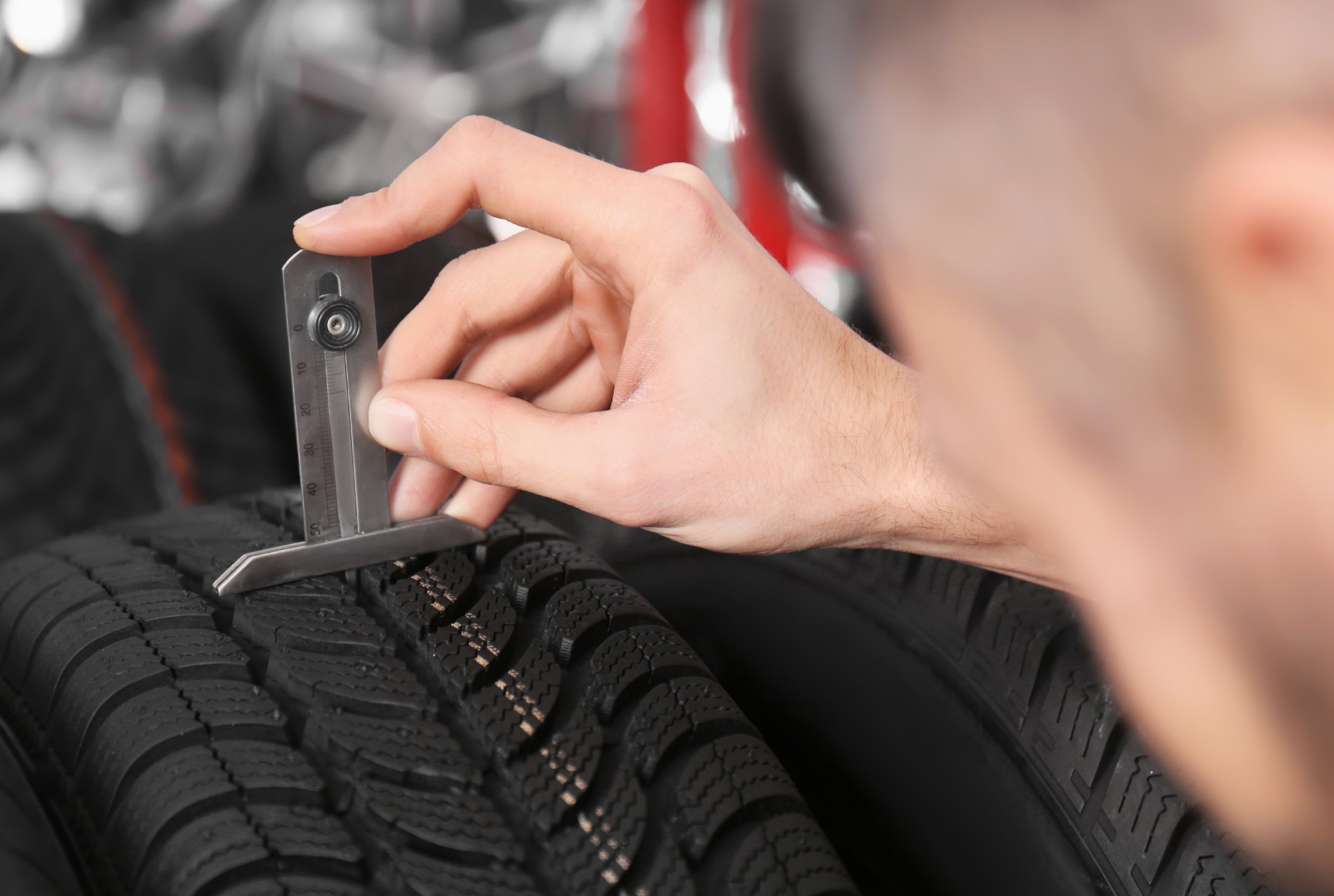We recommend you check your tyres for pressure and damage every 2 weeks.
Check for external damage
Cuts, lumps, and bumps are often caused by an impact between the tyre and a kerb, pothole, or object in the road. If your tyre has any of these symptoms then you must have the tyre checked as quickly as possible by a tyre specialist, as this type of damage can result in sudden tyre failure.
Wheel alignment too is a very important step in maintaining and prolonging the life of your tyres. Kerbing or potholes affect your vehicle’s wheel alignment settings which can lead to rapid or un-even tyre wear. The car manufacturer will set your vehicle’s wheel alignment at the factory, so after driving it’s worth a regular check to help prevent premature tyre wear, generally caused by incorrect wheel alignment setting.
Also, emergency braking can sometime leave your tyres with a ‘flat spot’. It is always recommended to have your tyres checked if the vehicle has been involved in an emergency manoeuvre like sudden and heavy braking. If you have any concern or doubt about the condition of your tyres, please ask a specialist for advice as soon as possible.
It’s a driver’s responsibility
UK law requires that your vehicle is fitted with the correct type and size of tyres for the vehicle type you are driving and for the purpose it is being used. This means fitting the right tyres, and for safety ensuring that they are inflated to the manufacturer’s recommended pressure.
So, there are many different reasons for tyre wear. Your tyres don’t just get worn through age and use, but through emergency braking, under-inflation or over-inflation and can be easily damaged by poorly maintained roads. And if your wheels are misaligned, one edge of the tyre can wear more rapidly than the other.




 Spidersnet
Spidersnet